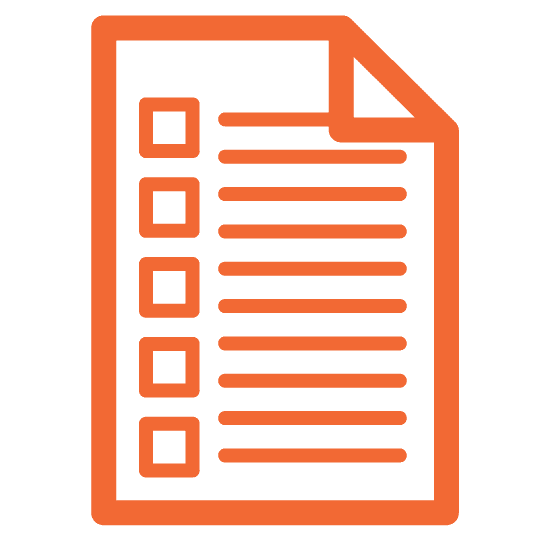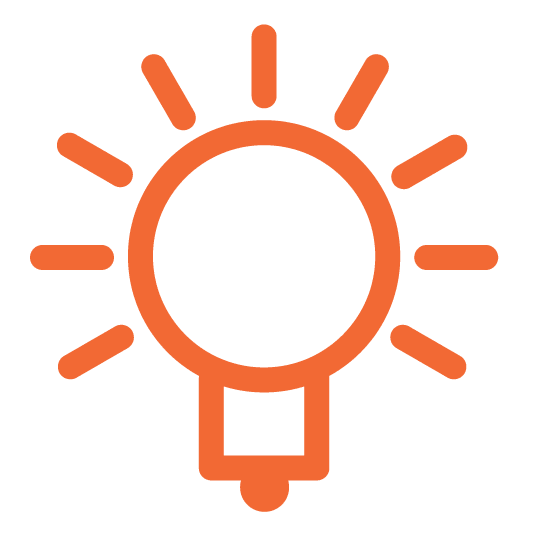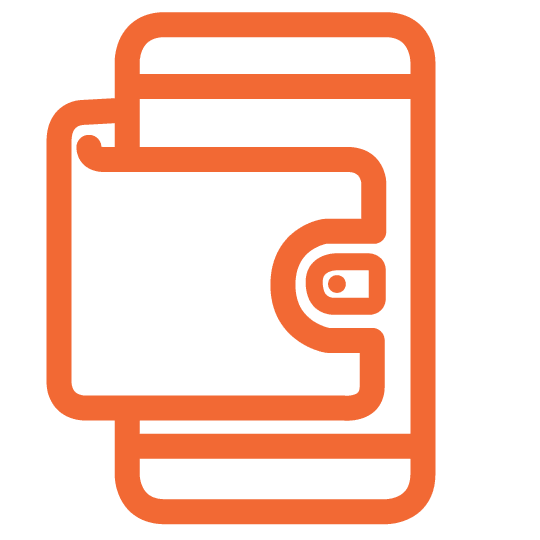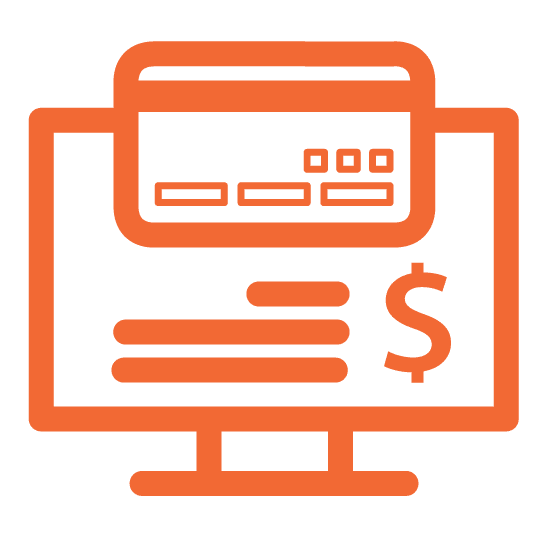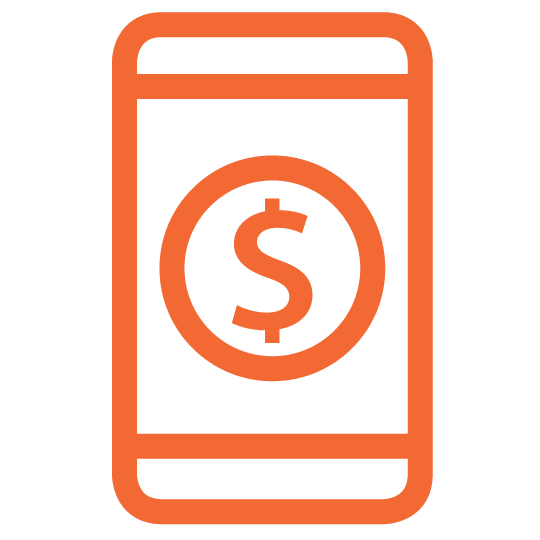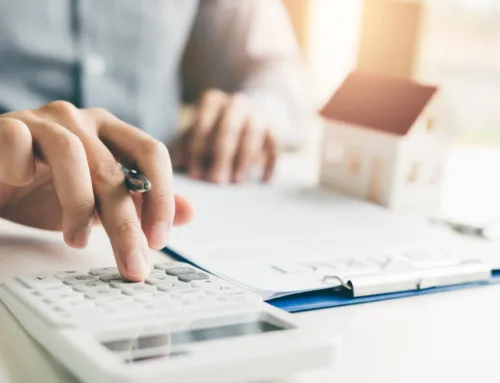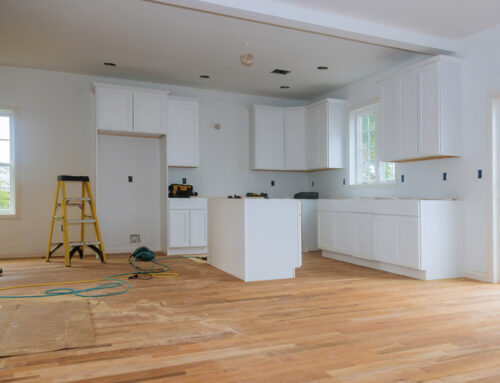The Cost of a Mortgage
Since monthly payments spread the cost of a mortgage loan over an extended period, it’s easy to forget the total expense. For example, if you borrow $200,000 for 30 years at 6% interest, your total repayment will be around $431,680, more than two times the original loan.
What seems like minor differences in the interest rate can add up to a lot of money over 30 years. At 7%, the total repaid would be $479,160, about $47,480 more than at the 6% rate.
Loan Amount (Principal): The amount you borrow. This is the amount plus interest that you must repay over the term of the loan.
Interest: Interest is the percentage of principal you pay to borrow. It’s the primary component of the APR, and is determined in large part by the current cost of borrowing in the economy and your creditworthiness.
Points (Prepaid Interest): Interest that you prepay at the closing. Each point is 1% of the loan amount. For example, on a $90,000 loan with two points, you’d prepay $1,800.
Fees: Fees include application fees, loan origination fees, and other initial costs imposed by the lender.
Term (Length of the Loan): The longer the term, the lower the monthly payments, but the more you’ll pay in total.
Rate: Over time, a lower interest rate will have the greatest impact on overall cost.
Any of the factors will increase the overall cost, but a higher interest rate and longer term will have the greatest impact.
Paying Off Your Loan
You repay a mortgage loan in a series of monthly installments over the term, a process known as amortization. Over the first few years, most of each payment is allocated to interest and only a small portion to paying off the principal. By year 20 of a 30-year mortgage, the amounts allocated to each equal out. And, by the last few years, you’re paying mostly principal and very little interest.
Try this mortgage calculator below to see what a realistic mortgage would look like for you.
Cutting Mortgage Expenses
The amount you borrow, the finance charges—which combine interest and fees—and the time it takes you to repay are the factors that make buying a home expensive. So finding a way to reduce one or more of them can save you money.
- Make a larger down payment. The less you borrow, the less interest you’ll pay. Since the interest is calculated on a smaller base, your payments will be lower. And if your down payment is at least 20% of the purchase price, you won’t be required to purchase private mortgage insurance (PMI), which adds to your borrowing costs. The primary drawback to a larger down payment may be cutting too deeply into your savings, making it difficult to cover other expenses.
- Consider a shorter loan. With a shorter term, you pay less interest overall on the same principal. You may also qualify for a somewhat lower APR, which would reduce your total cost even more. But your monthly payments are higher than if you choose a longer term. So you run the risk of committing yourself to larger payments than you can afford.
- Make more payments. You can pay more than the amount required by your contract, either by making more payments or paying an extra amount with each regular payment. If you do the latter, be sure to make it clear that the extra amount should be used to reduce principal, not prepay interest. Lenders may offer a bi-weekly payment plan, but managing the extra payments yourself gives you more flexibility and may reduce the loan faster.
However, you might earn more by investing the money than you would save by paying off the principal faster, particularly since you’d still end up paying most of the interest.
Play around with different payment terms and see how long it would take to pay off your mortgage with this early pay-off calculator.
A Point Well Taken
Lenders might be willing to raise a loan’s interest rate by a fraction (say 1/8 of a percent or 1/4 of a percent) and lower the number of points—or the reverse—as long as they make the same profit. The advantages of fewer points are lower closing costs and laying out less money when you’re apt to need it most. But if you plan to keep the house longer than five to seven years, paying more points to get a lower interest rate will reduce your long-term cost.
Other Costs of Owning
Principal and interest are major components of the cost of buying a home, but they aren’t the only ones. You’ll also owe real estate taxes, which can vary dramatically from state to state and from region to region within a state.
The taxes, which are based on the assessed value of your property and the municipality’s tax rate, typically pay for public schools, police and fire protection, highways, and a raft of other government services. Assessed value, which is determined by an assessor working for a particular municipality, usually differs, at least to some extent, from both the market value and the appraised value.
There is also the cost of homeowners insurance, which your lender will require to protect its investment and which you should have to protect your equity. You may also be required to have flood insurance, which is separate.
In most cases, your monthly mortgage payment includes all four costs, typically shortened to PITI, for principal, interest, taxes, and insurance.
